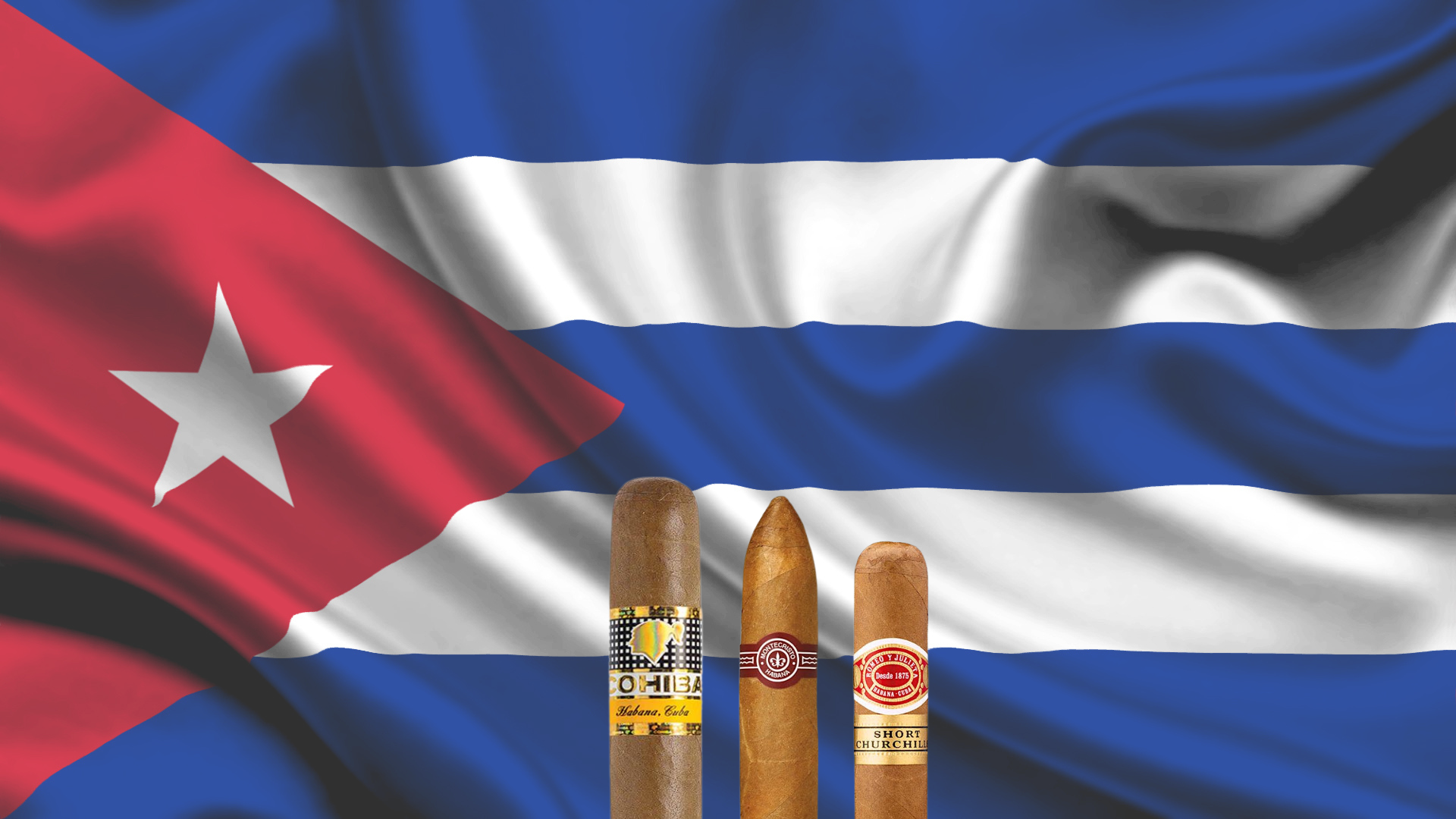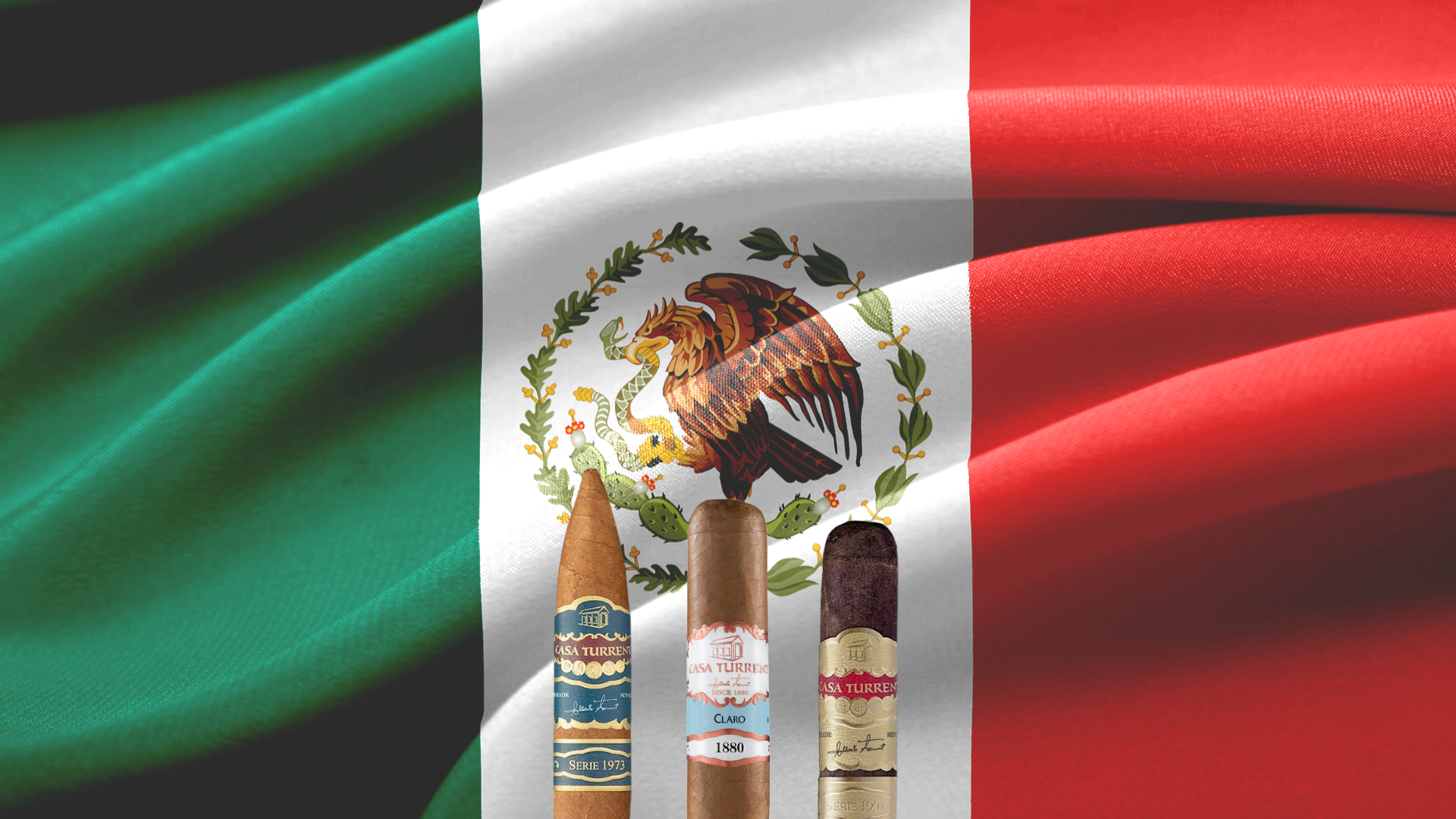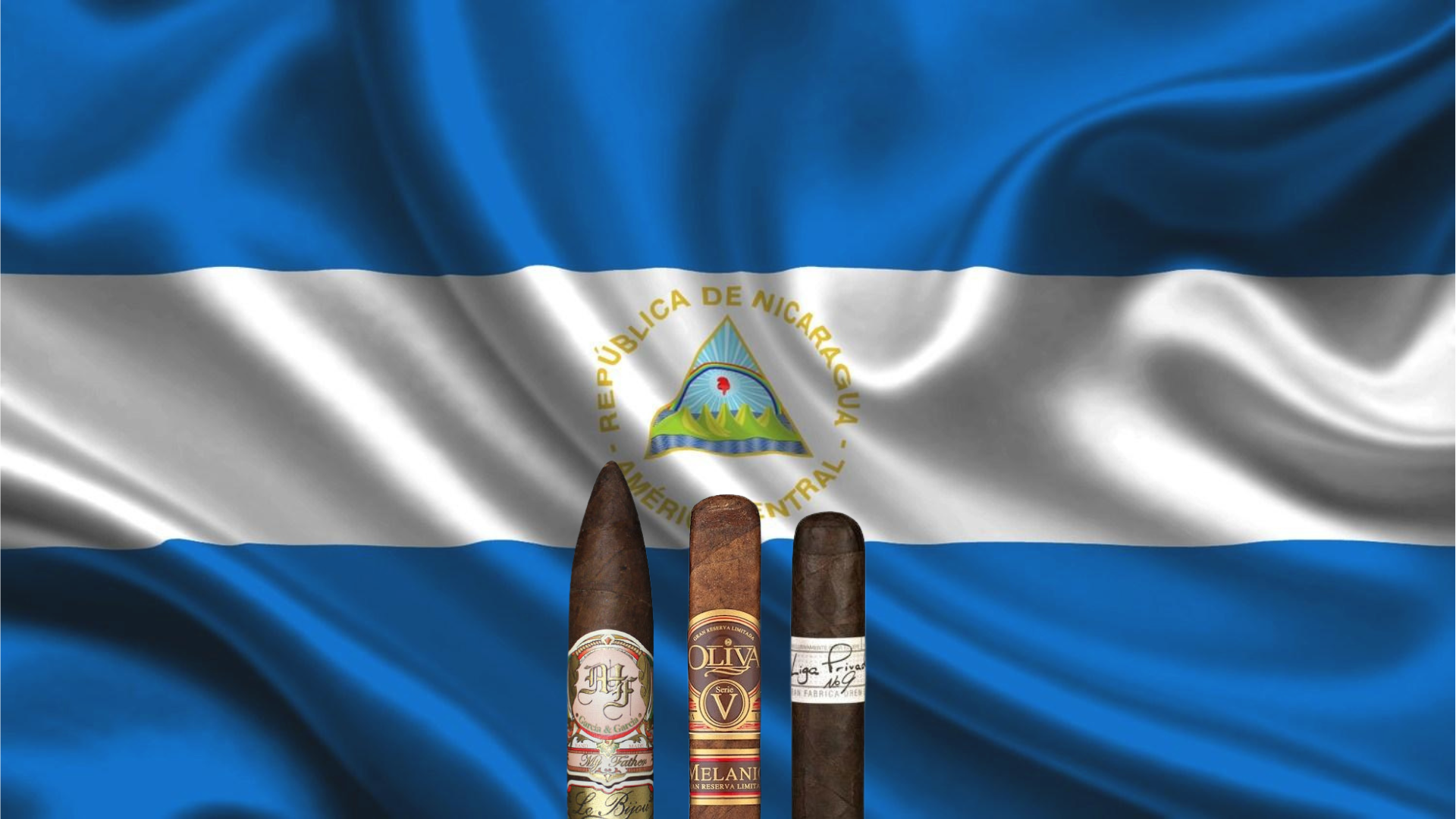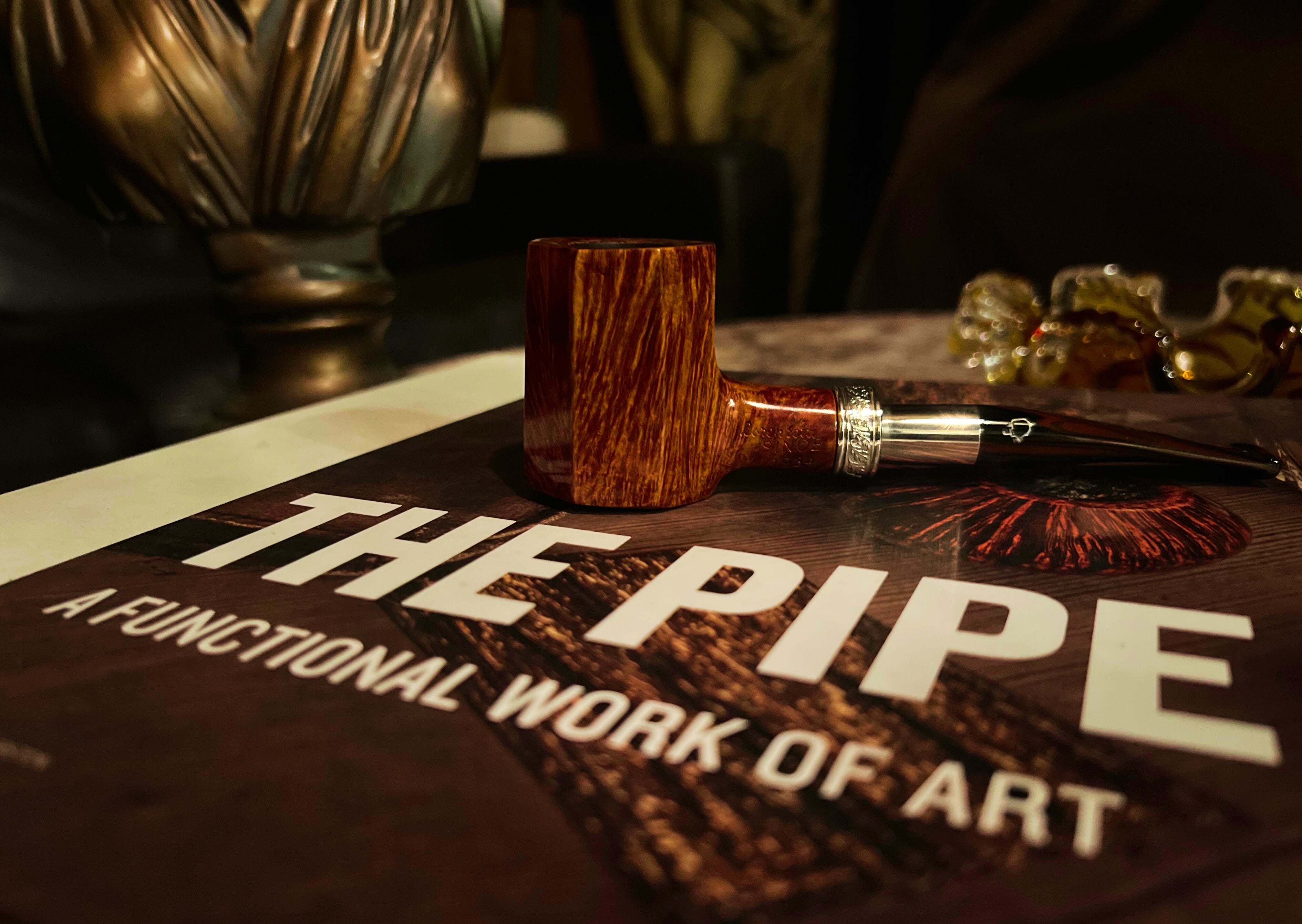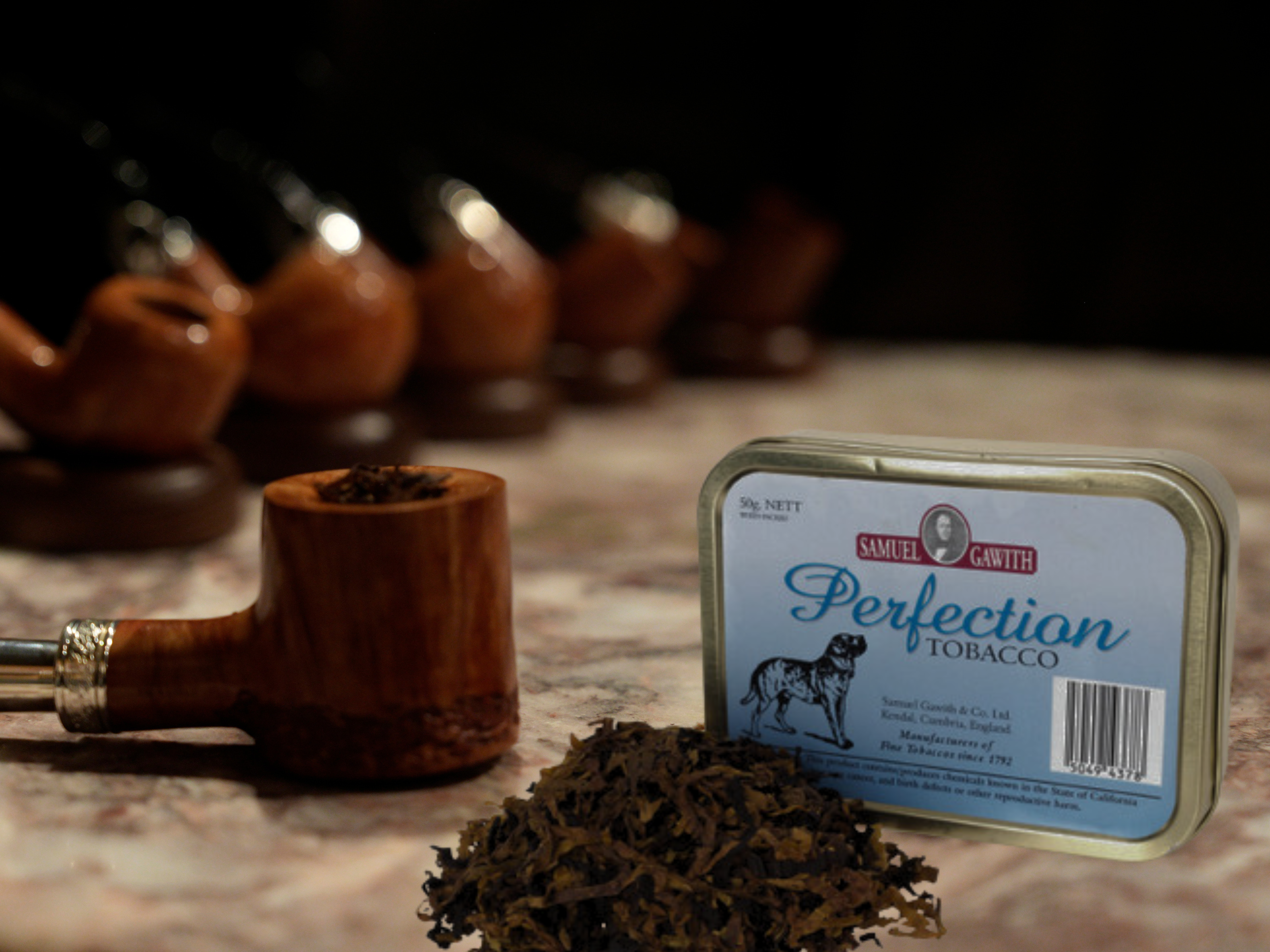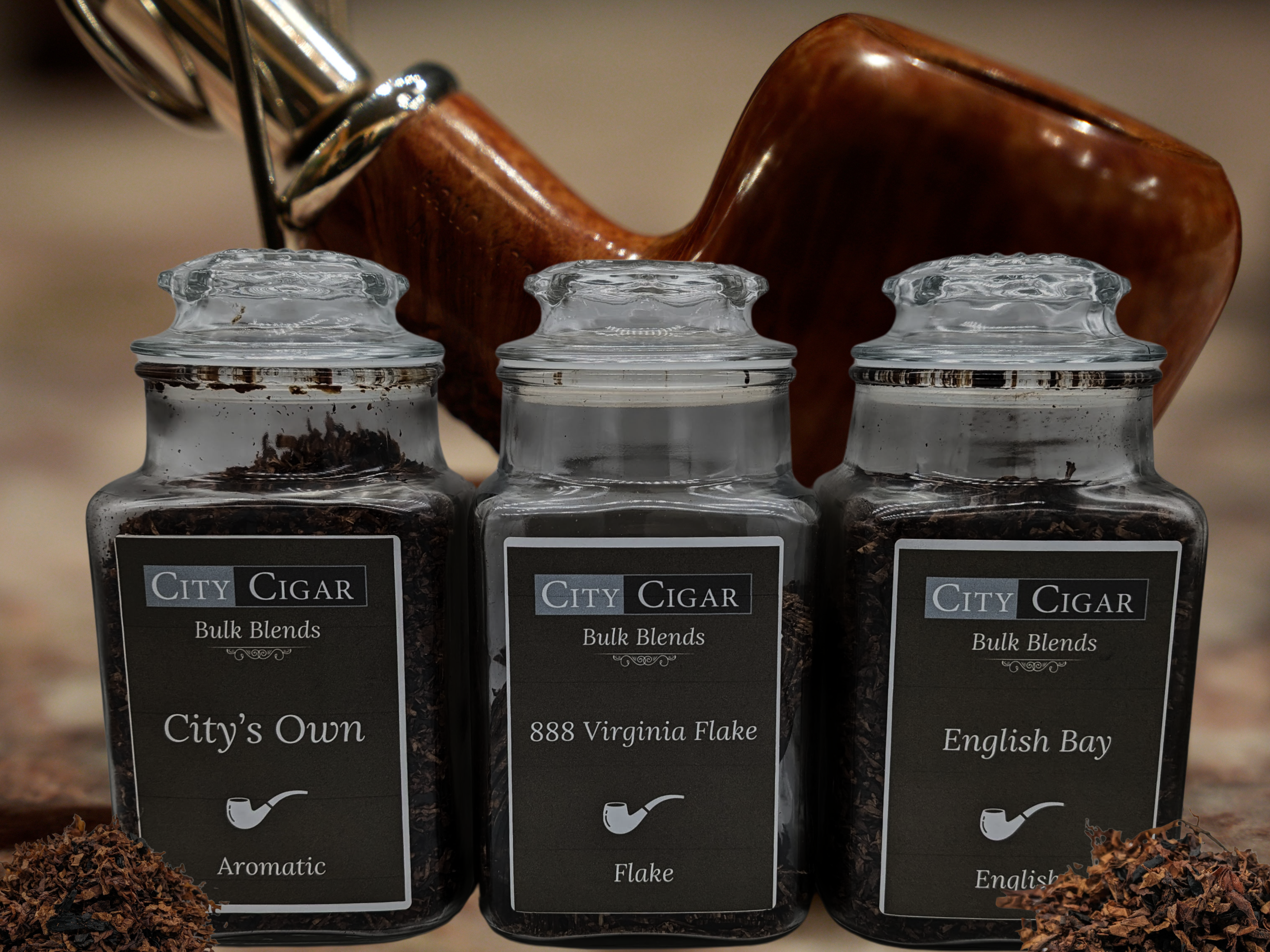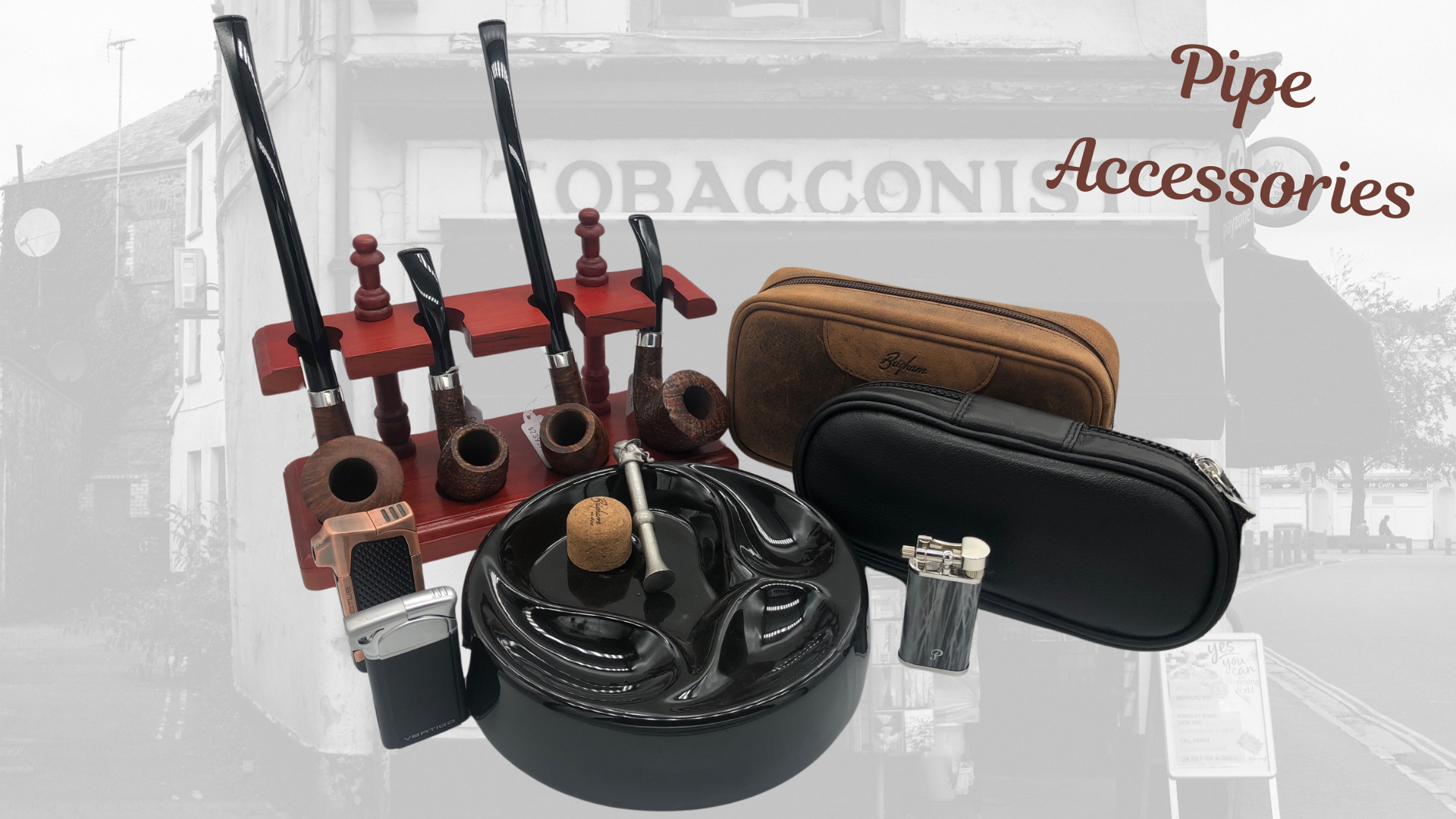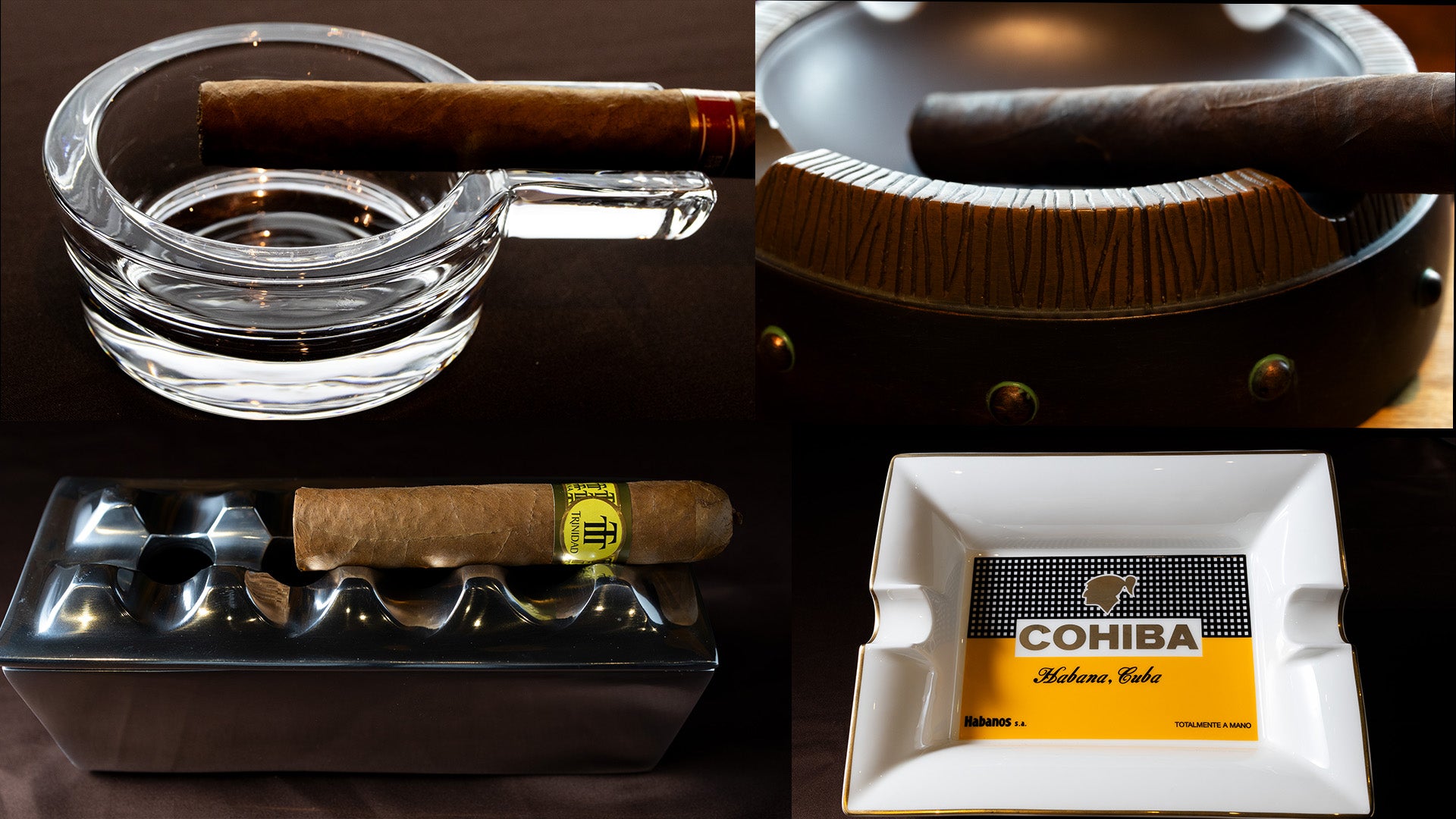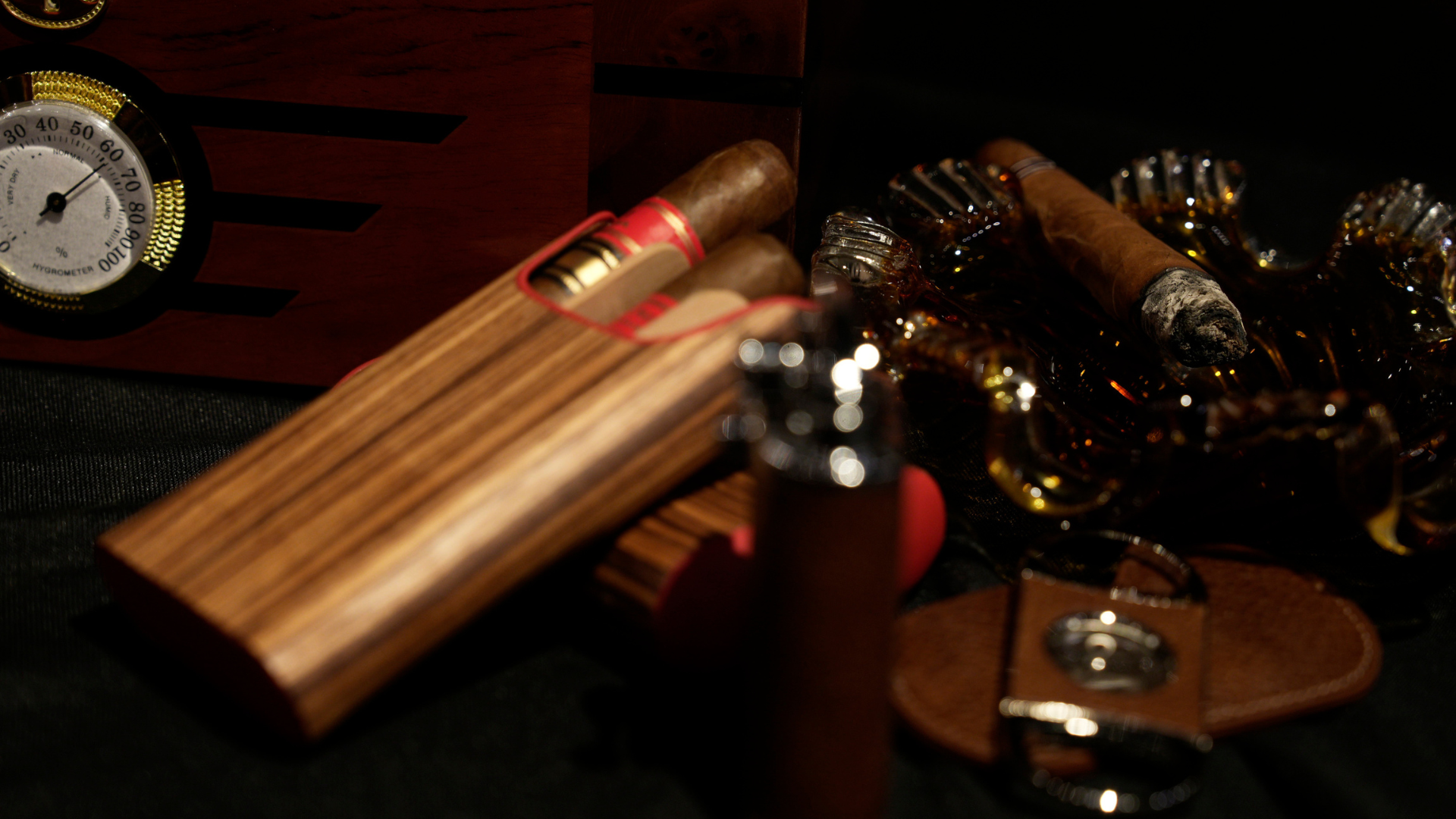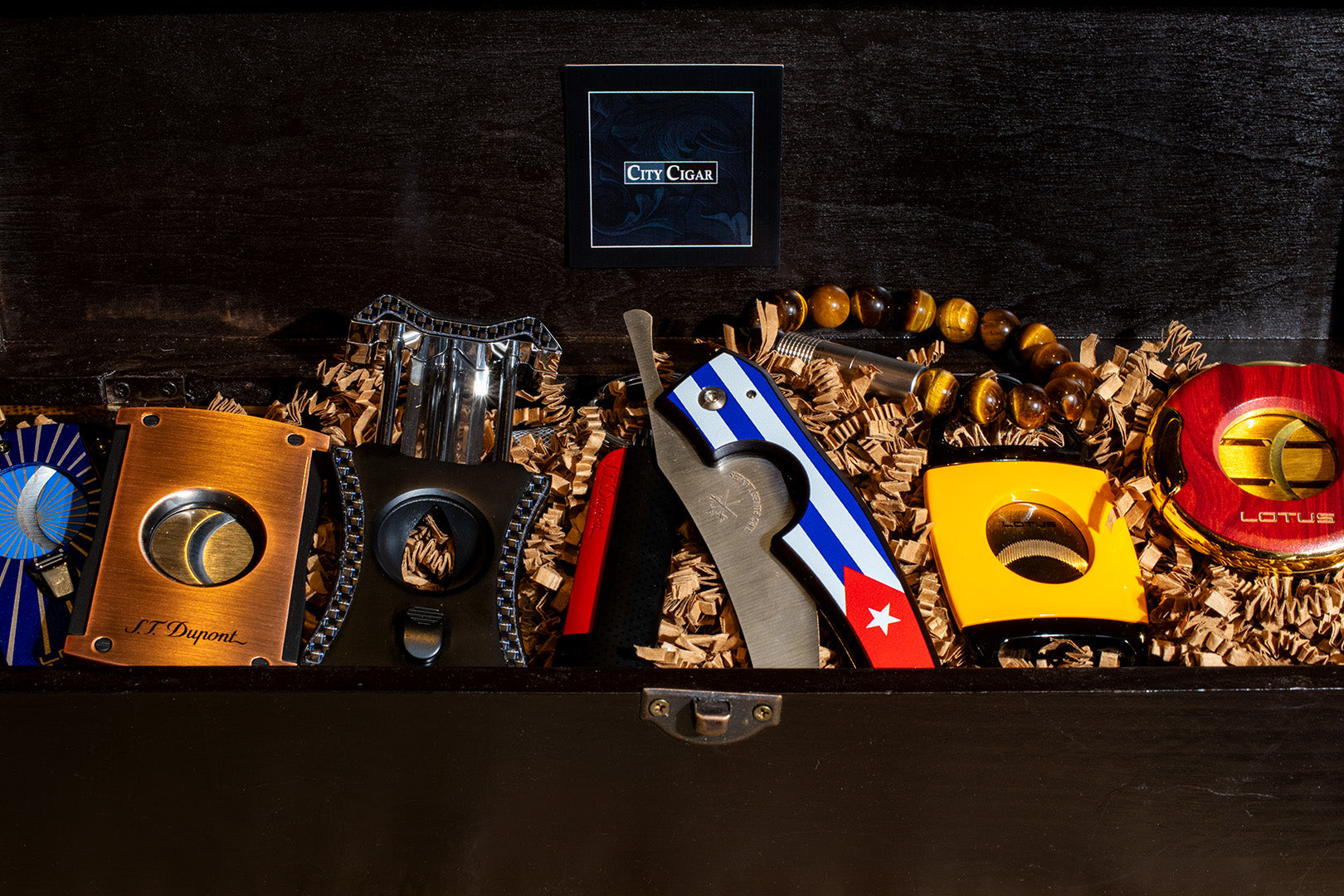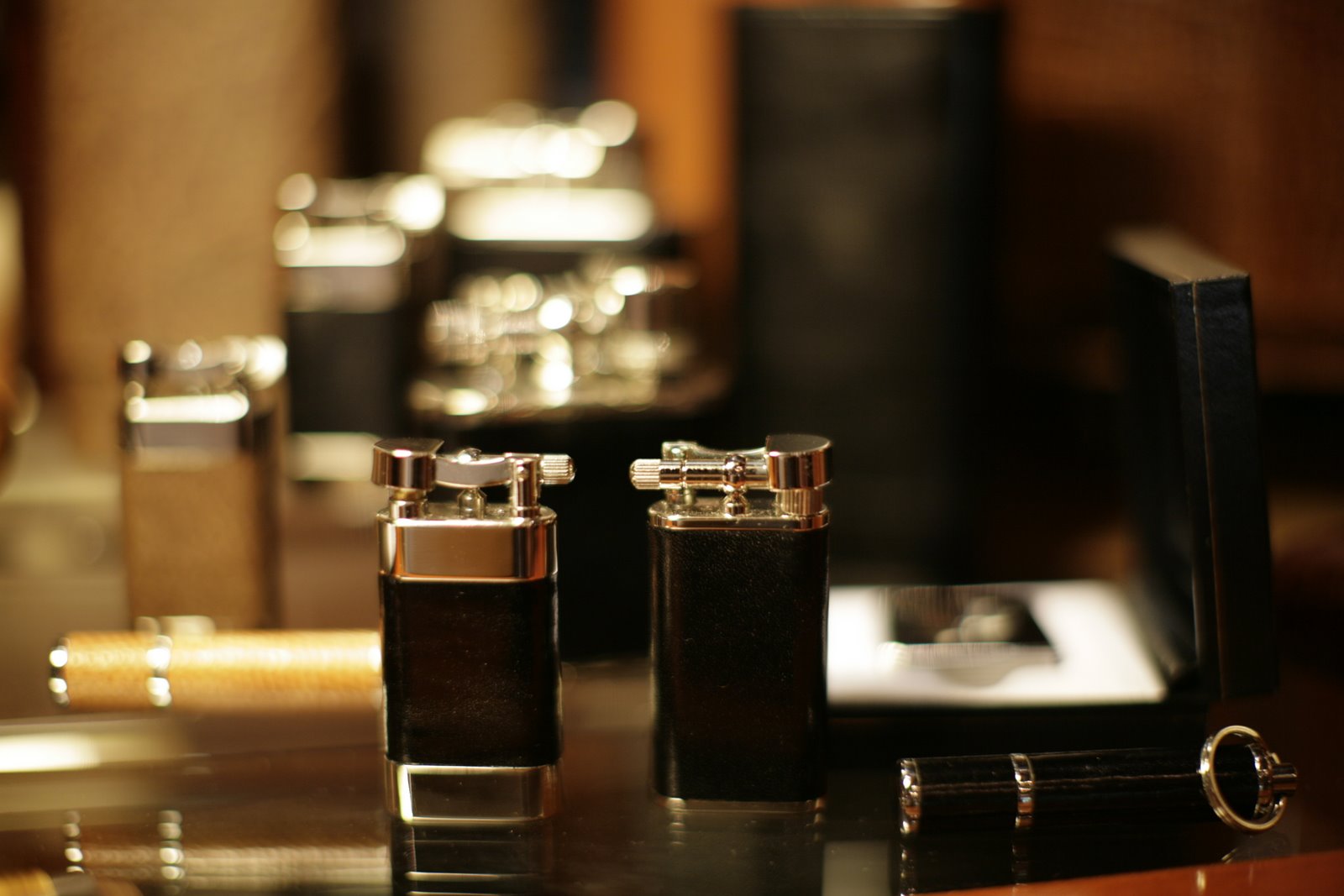Cigar Humidors FAQ
Calling a good humidor just a box is like calling a cigar a pile of leaves. A well-maintained humidor will enhance your cigar experience, while a shoddily crafted and poorly maintained box is nothing more than “death row” for your cigars.
Cigars are a natural agricultural product, and the quality of the smoke depends largely upon their care by the user. The best made cigars in the world – constructed of the finest leaves by the most experienced rollers – will mean nothing if they are not maintained properly.
Consistency is Key
A cigar consists of multiple layers of tobacco leaves. In an inconsistently humid environment, the outside of the cigar will dry once the humidity lessens, but the inside of the cigar will still be damp; therefore, the inside “bunch” of tobacco will swell but the wrapper will contract and split open, destroying your precious goodies.
Tropical Environments
The most crucial characteristic of a fine humidor is that it can provide a consistently tropical environment (70°F and 65-70% humidity). A constant humidity level will also increase your smoking pleasure; beyond providing proper burning speed, with less heat and therefore more flavor.
What Makes a Good Humidor?
A humidor should always be measured against its ability to provide constant humidity to its contents over a long period of time. And remember, this does not only mean how often you add water to the humidification system; it also means that 20 years from now the box lid hasn’t warped and the hinges still open easily and quietly.
Look for perfectly squared and fitted seams. You shouldn’t see any glue or signs of construction, and a gap in any joint spells trouble: it provides an exit for moisture, and eventually warping will result.
Spanish cedar is the best wood for the inside of a humidor, because of its ability to enhance the aging process (allowing the various tobaccos in a cigar the chance to “marry” so that the cigar is not composed of distinct pieces of tobacco, but of subtle nuances of taste). The wood inside a humidor should be unvarnished, otherwise your cigars might very well taste like linseed oil. The lid should be solid and balanced with the weight of the rest of the box. A humidor lid should not be airtight, to allow the necessary circulation of air. Musty smells destroy cigars.
Don’t forget about humidity: most humidifiers rely on some variety of sponge or chemical compound. Whatever the medium, remember that prime cigar aging demands constant humidity levels. Other practical features include a tray, which provides the owner with the option of storing cigars at more than one level, so that they are exposed to varying degrees of humidity (always place dry cigars on the bottom of the box first, where they will regain humidity slowly, then move them to the top shelf).
Analog hygrometers, while fancy looking, are seldom accurate even in the most expensive desktop models. A digital hygrometer is better, but even that needs to be calibrated. Use a towel or salt test to help you with your humidity at least twice a year.


